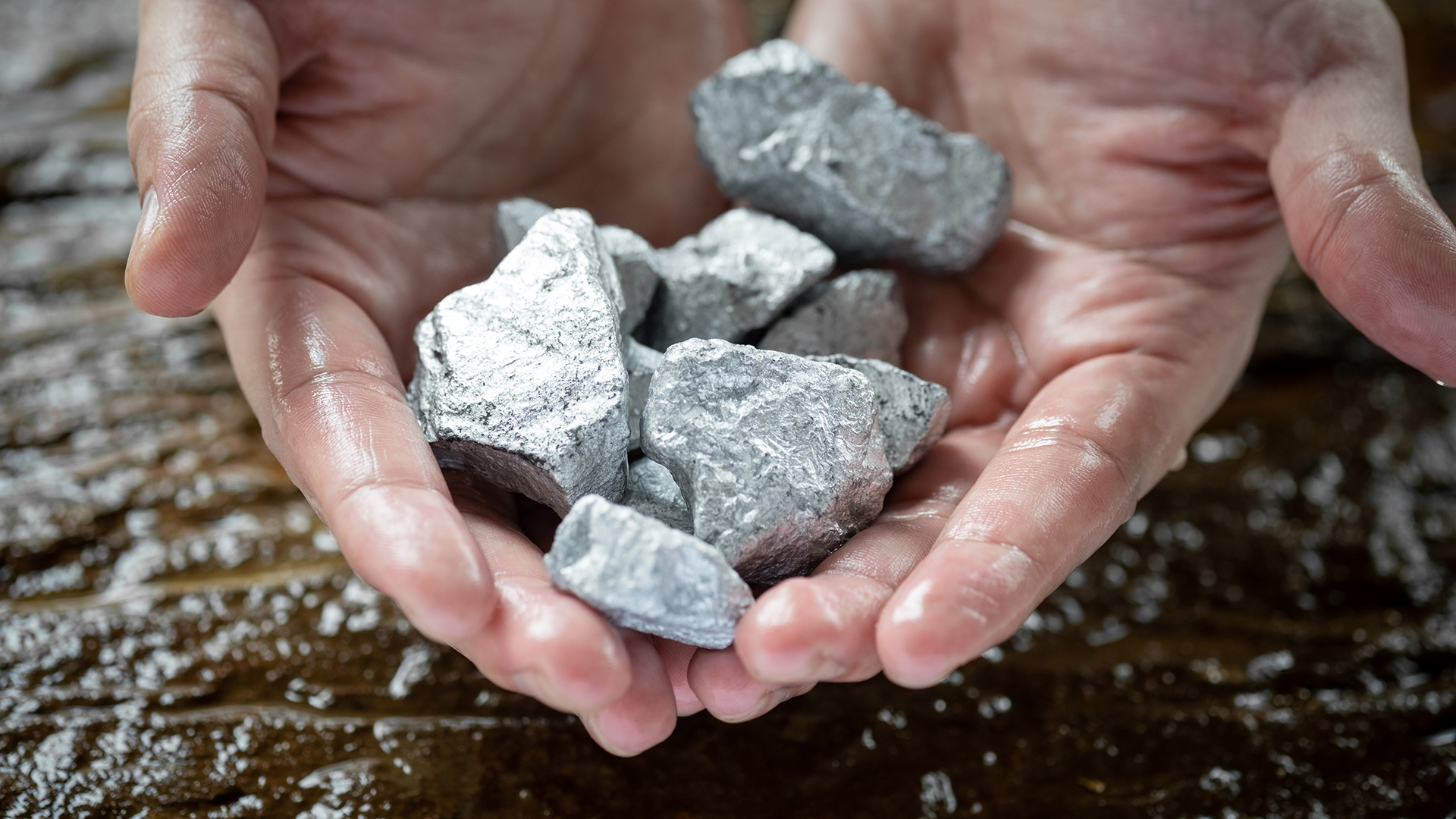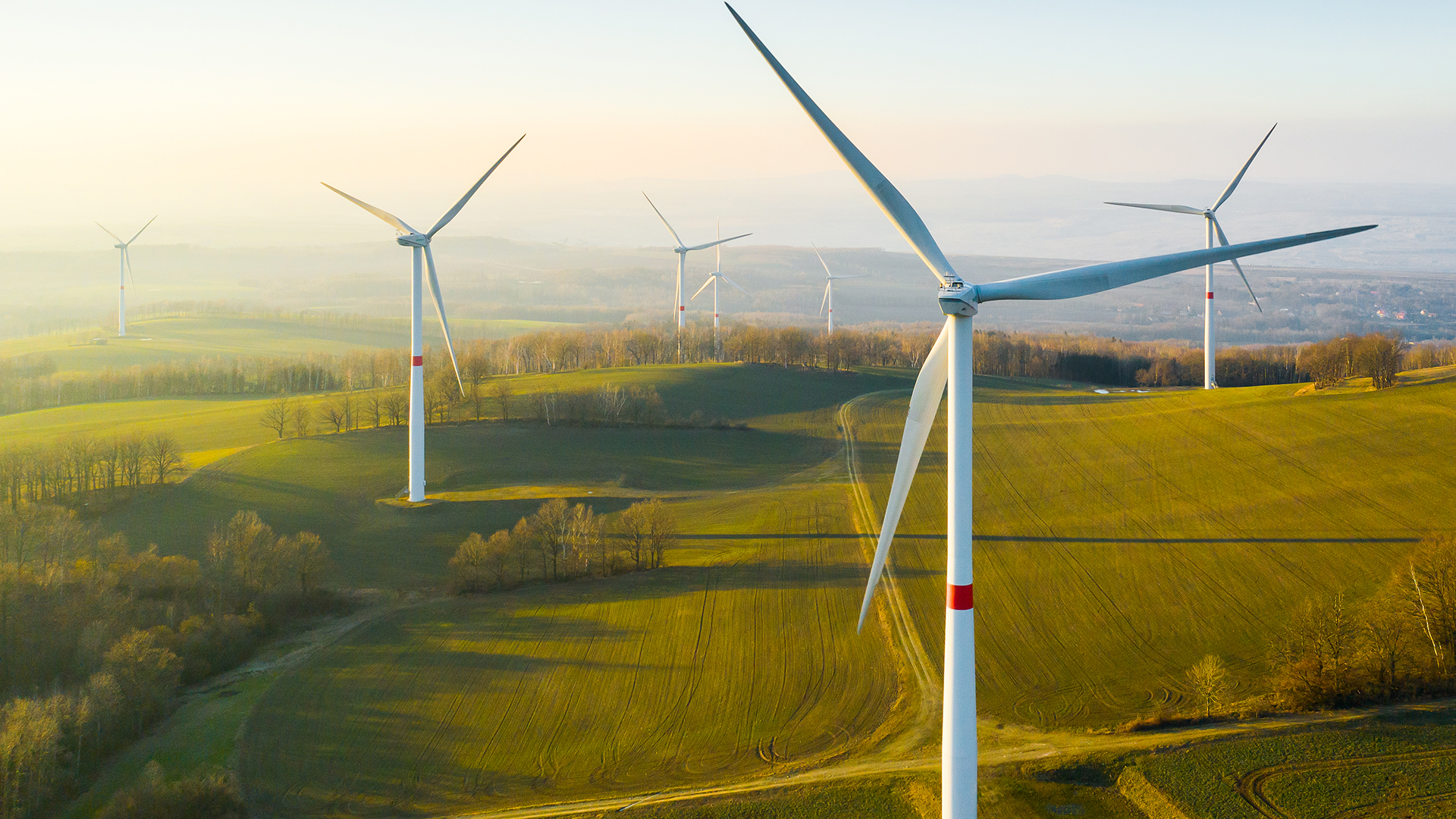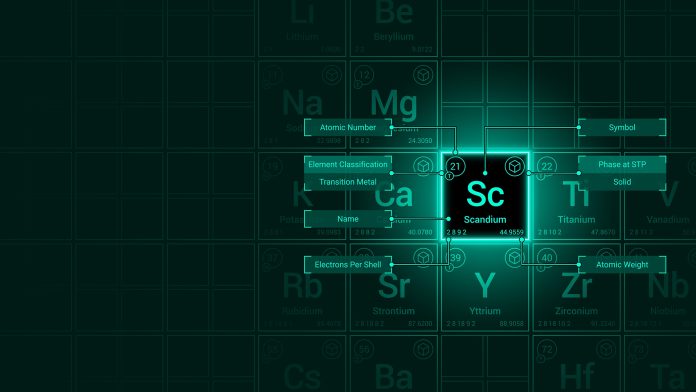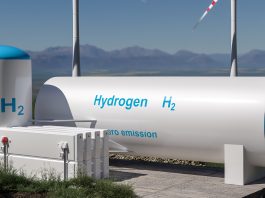Despite accounting for a mere 0.00026% of the Earth’s crust, scandium holds the potential to catalyse a paradigm shift in how we think about clean energy.
Its impressive attributes, such as its ability to improve the performance of solid oxide fuel cells and create strong yet lightweight alloys, are just the tip of the iceberg. By integrating scandium into lightweight alloys, industries can significantly reduce the weight of their products and, as a result, the energy required to move them.
Scandium-aluminum alloys, for example, offer a material that’s not only stronger and more corrosion-resistant but also significantly lighter than those currently in use. This means cars and planes that require less fuel, translating to lower greenhouse gas emissions.
In the realm of clean energy technologies, scandium plays a pivotal role in developing solid oxide fuel cells (SOFCs). These fuel cells, known for their high efficiency in electricity production, can operate at lower temperatures when scandium is added to their electrolyte materials.
This not only improves their performance and longevity but also reduces the overall cost, making clean technology more accessible and widespread.
Scandium’s role in sustainability
Harnessing the unique properties of scandium is key to advancing sustainable practices in industries worldwide.
In transportation, scandium plays a pivotal role. When added to aluminium alloys, scandium can create materials that are stronger and lighter than those currently in use.
This means that vehicles, from cars to aeroplanes, can weigh less and consequently consume less fuel, which directly translates into reduced greenhouse gas emissions.
Scandium’s sustainability benefits don’t end with fuel cells. Scandium’s industrial applications span further, from aerospace to sports equipment, each benefiting from the element’s ability to improve performance while lessening energy use and waste.
Global scandium resources
Assessing the world’s scandium resources reveals a complex landscape that is essential for strategic planning in clean energy development.
Resource evaluation indicates that scandium reserves are not evenly distributed across the globe. The global availability is concentrated in a few regions, and the current supply assessment shows that there is a growing interest in expanding scandium production.

For example, several countries are stepping up efforts to increase their scandium reserves. Moreover, market demand analysis shows a clear upward trajectory, with companies throughout the supply chain collaborating to secure scandium sources. To ensure the transition to clean energy, developing robust supply chains for this critical element requires investment in research and development of new extraction technologies.
Innovations in recovery methods
As we delve into the realm of scandium recovery, it’s clear that innovative techniques are pivotal to unlocking the element’s full potential for clean energy applications.
Improved extraction processes are at the forefront as they determine the viability and sustainability of scandium’s use, particularly in sectors eager to capitalise on its alloy enhancements.
Technological advancements have paved the way for more efficient recovery methods, meaning that you can expect to see more scandium entering the market.
Cutting-edge techniques now enable the recovery of scandium from sources previously considered non-viable, including tailings from other mining operations and industrial waste.
Moreover, recycling methods are becoming increasingly important. The idea is to reclaim scandium from end-of-life products and manufacturing scrap, thereby creating a closed-loop system that not only meets demand but does so with a reduced environmental footprint.
This circular economy approach to scandium supply reduces waste and ensures that every ounce of this valuable element is put to good use.
The implications are significant; with greater access to scandium, manufacturers can produce cleaner energy technologies and more efficient products. It’s a game-changer for industries looking to enhance performance while adhering to stringent environmental standards.
Imagine vehicles with improved fuel economy and reduced CO2 emissions—all thanks to the integration of scandium into the manufacturing process. This element’s potential is immense, and with these innovations in recovery, you’re witnessing a pivotal shift in the clean energy landscape.
Scandium’s future in clean energy
Scandium’s applications present significant enhancements in clean energy sectors, driving sustainable energy solutions that could curb our environmental woes.
Scandium’s environmental impact can’t be overstated. By enabling lighter, stronger materials, we’re looking at vehicles that consume less fuel and emit fewer greenhouse gases.

It’s not just cars and planes; scandium’s industrial uses span across wind turbines and aerospace components, areas where every ounce of weight reduction and every increment in strength translate to significant energy savings and sustainability.
However, current production levels can’t meet the voracious demands of a burgeoning clean energy sector. To capitalise on scandium’s potential, we need to see a dramatic shift in scandium production.
Think of the children playing in cleaner cities, the breath of fresh air in industrial heartlands—this is the landscape that could be cultivated by embracing scandium. It’s not just about the element; it’s about the future that can be shaped by it.









